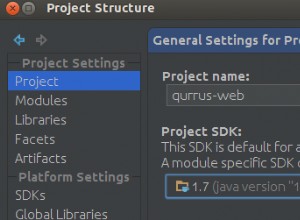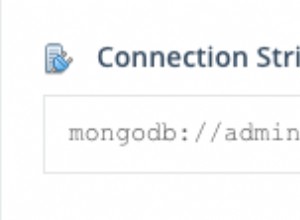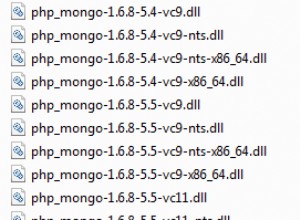Najnowsza wersja Mongo 3.4, będziesz korzystać z $ aspekt do przetwarzania tych samych danych w wielu potoku agregacji i łączenia wyników z całej agregacji z jednym wyjściem.
db.users.aggregate([
{ "$match": { "_id":1} },
{
"$facet": {
"Received": [
{$lookup: {from: 'requests', localField: "_id", foreignField: "userId", as: "receivedRequest"}},
{$unwind: '$receivedRequest'},
{$lookup: {from: 'users', localField: "receivedRequest.requesterId", foreignField: "_id", as: "receivedUser"}},
{$project: {_id: '$receivedRequest.requesterId', profile: '$receivedUser.profile', weight: {$add: [4]}}}
],
"Sent": [
{$lookup: {from: 'requests', localField: "_id", foreignField: "requesterId", as: "sentRequest"}},
{$unwind: '$sentRequest'},
{$lookup: {from: 'users', localField: "sentRequest.userId", foreignField: "_id", as: "sendUser"}},
{$project: {_id: '$sentRequest.userId', profile: '$sendUser.profile', weight: {$add: [3]}}}
],
"Friends": [
{$lookup: {from: 'friends', localField: "_id", foreignField: "userId", as: "friends"}},
{$unwind: '$friends'},
{$lookup: {from: 'users', localField: "friends.friendId", foreignField: "_id", as: "friendUser"}},
{$project: {_id: '$friends.friendId', profile: '$friendUser.profile', weight: {$add: [2]}}}
],
"Others": [
{$lookup: {from: 'friends', localField: "_id", foreignField: "friendId", as: "others"}},
{$unwind: '$others'},
{$lookup: {from: 'users', localField: "others.userId", foreignField: "_id", as: "other"}},
{$project: {_id: '$others.userId', profile: '$other.profile', weight: {$add: [1]}}}
]
}
}
]).pretty()
Przykładowe wyjście:
{
"Received" : [
{
"_id" : 3,
"profile" : [
{
"name" : "John"
}
],
"weight" : 4
}
],
"Sent" : [
{
"_id" : 4,
"profile" : [
{
"name" : "Jessica"
}
],
"weight" : 3
}
],
"Friends" : [
{
"_id" : 2,
"profile" : [
{
"name" : "Ana"
}
],
"weight" : 2
}
],
"Others" : [
{
"_id" : 5,
"profile" : [
{
"name" : "Sheldon"
}
],
"weight" : 1
}
]
}




